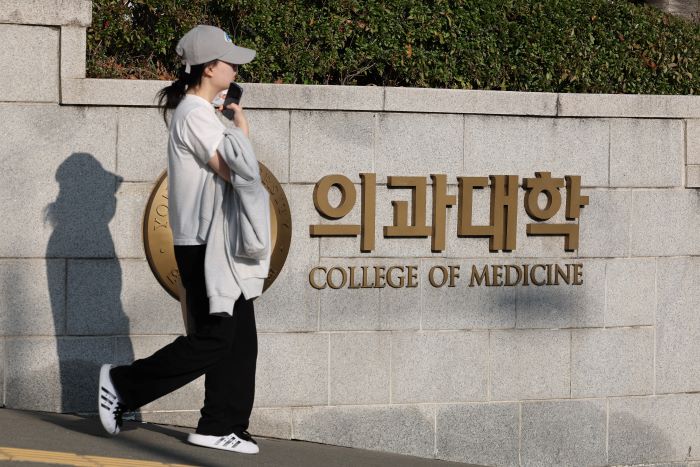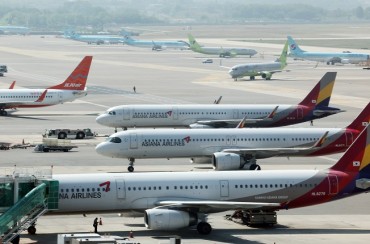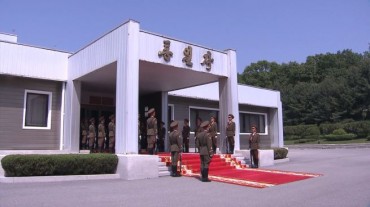
Even if the number of medical students in the class of 2025 is increased, it will take a decade before these students become fully-fledged doctors. The medical community has pointed out that relying solely on the expansion of medical school enrollment to address the crisis in essential and community healthcare would be a decade-long neglect. (Image courtesy of Yonhap)
SEOUL, Oct. 18 (Korea Bizwire) –The government’s announcement regarding the expansion of medical school seats, originally scheduled for Thursday, has been deferred until the end of the year. In response to the determined stance of the medical community, the government has indicated its willingness to determine the extent of expansion after consulting with them.
It appears that the government’s commitment to increase the number of medical school seats remains steadfast. The government has until April of next year to present a plan to the Ministry of Education to boost university admissions for the 2025 academic year, making it likely that the final decision will be reached by year-end.
The postponement of the announcement is attributed to the strong opposition from the medical community. The Korean Medical Association voiced its concerns on October 19, warning that if the government proceeds with its plan to expand medical school seats without heeding their reservations, 140,000 doctors across the nation will be prepared to resist according to their predefined course of action.
The medical community has put forth three key demands to the government: first, to honor the 2020 commitment not to unilaterally impose medical school capacity policies; second, to faithfully implement the agreement with the medical association; and third, to enact effective and fundamental measures to preserve essential and local healthcare.
On September 4, 2020, the Korean Medical Association and the Ministry of Health and Welfare reached a mutual agreement that the issue of medical school seats would be addressed through a “consultative meeting” held between medical organizations and the government, following the resolution of the novel coronavirus (COVID-19) pandemic.
An official from the Korean Medical Association emphasized, “Doctors have been at the forefront of medical care with a sense of mission in the face of COVID-19, believing in the government’s promises. Any unilateral decision on medical school capacity policy by the government would constitute a clear breach of the September 4 Protocol.”

The medical school quota was capped at 3,058 in 2006, and the number of doctors per 1,000 people in South Korea came to 5.6, far below the average of Organization for Economic Cooperation and Development member nations, according to the health ministry. (Image courtesy of Yonhap)
Even if the number of medical students in the class of 2025 is increased, it will take a decade before these students become fully-fledged doctors. The medical community has pointed out that relying solely on the expansion of medical school enrollment to address the crisis in essential and community healthcare would be a decade-long neglect.
A senior representative from a medical association stressed the need for government funding for essential medical care and underdeveloped local healthcare.
Simultaneously, special measures are required to address the imbalance in essential and local healthcare, such as enacting a special medical malpractice law to create an environment where doctors can provide the best possible care to their patients. Expanding medical schools is seen as the next step in this endeavor.
In the meantime, both the government and the National Assembly support the idea of expanding the number of medical schools. The Democratic Party of Korea declared its support for this expansion on the 17th. A previous administration had also promoted a plan to increase the number of medical students by 400 annually for a decade, resulting in a total of 4,000 additional students.
Public sentiment also leans toward the expansion of medical school seats. According to a survey conducted by Democratic Party of Korea lawmaker Kim Won-soo from March 13 to 19, over half of the public expressed the view that the number of medical students should be increased by 300 to 1,000.
Since 2006, the number of medical students has remained at 3,058, following a 10 percent decrease in 2000 due to opposition from the medical community against the division of labor in medicine.
M. H. Lee (mhlee@koreabizwire.com)






